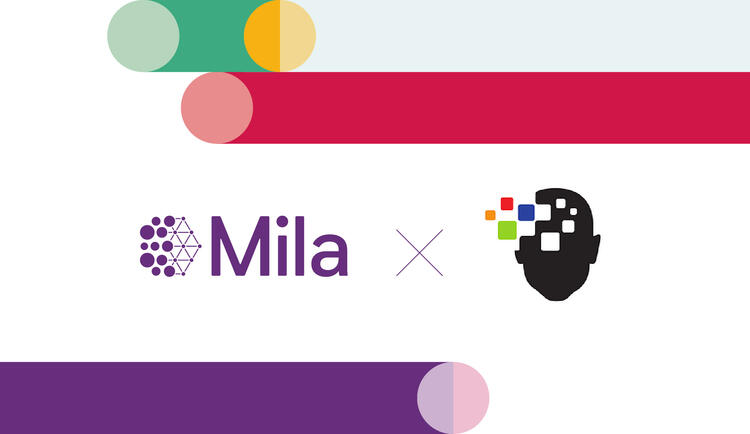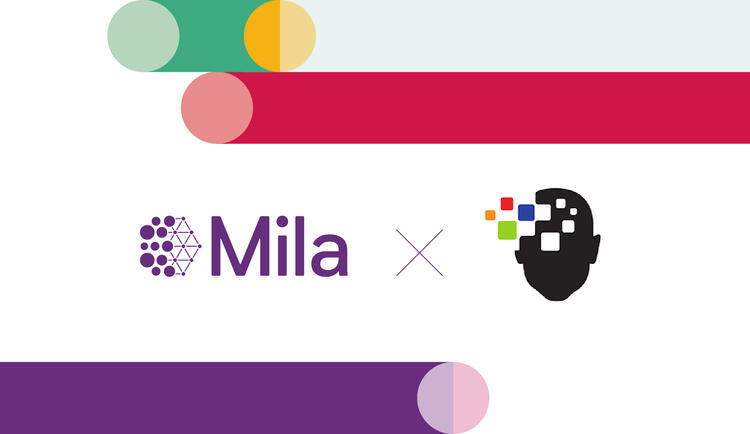Mila offices are closed
Following the measures announced by the Québec and the Canada governments, Mila has decided to move its activities to virtual platforms and to close access to its offices until further notice.
Attention visitors
If you had planned on visiting Mila in the following days and weeks, we ask that you please delay your visit until further notice. Should you have any questions, please contact info@mila.quebec.
Attention Mila community
- Employees are required to work from home.
- Classes that were held at Mila will be offered online. More details to come.
- Mila events are currently under review and most should be moved online in the following days. More details will be announced shortly.
Upcoming Mila events
If you have questions about an upcoming event, please contact:
events@mila.quebec
Supervision requests and Internships in the context of COVID-19
Please note that the supervision request process is maintained and ongoing for the research programs supervised by Mila Professors, as well as for internships applications.
Only selected candidates will be contacted. Please refer to the supervision page for more details.
Resources
Canada / Quebec / Montreal
- Government of Canada Travel Advice and Advisories: https://travel.gc.ca/travelling/advisories
- Government of Canada Public Health COVID-19 FAQ: https://www.canada.ca/en/public-health/services/diseases/2019-novel-coronavirus-infection/frequently-asked-questions.html
- Government of Canada Public Health COVID-19 Update: https://www.canada.ca/en/public-health/services/diseases/2019-novel-coronavirus-infection.html
- Government of Canada Public Health COVID-19 Response: https://www.canada.ca/en/public-health/services/diseases/2019-novel-coronavirus-infection/canadas-reponse.html
- Follow Canada’s Chief Public Health Officer, Dr. Theresa Tam, on Twitter at @CPHO_Canada
- Government of Quebec Dedicated Web Page: https://www.quebec.ca/en/health/health-issues/a-z/2019-coronavirus/
- Québec Ministry of Health – Status Update: https://msss.gouv.qc.ca/professionnels/maladies-infectieuses/coronavirus-2019-ncov/
- City of Montreal Dedicated Web Page: https://santemontreal.qc.ca/en/public/coronavirus-covid-19/#c34728
WHO
- Emergencies: Coronavirus: https://www.who.int/emergencies/diseases/novel-coronavirus-2019
- News: https://www.who.int/news-room/q-a-detail/q-a-coronaviruses
- Topic: Coronavirus: https://www.who.int/health-topics/coronavirus
US CDC:
- About COVID-19: https://www.cdc.gov/coronavirus/2019-ncov/about/index.html
- Latest Update: https://www.cdc.gov/coronavirus/2019-ncov/summary.html




